Transform Your Space, Boost Your Mood: 6 Stress-Relieving Home Decor Hobbies
From her home in Winston-Salem, North Carolina, Joyce Teta finds a harmony in the art of calligraphy. She balances her broad-edged pen between her fingers and dips it into the inkwell anchoring the corner of her desk. The symphony begins. “This is like music,” she says, delicately pressing her pen into the page, watching ink spill splendidly from its nib. “The space in between the letters is just as important as the actual stroke.” That’s when Teta takes a breath. “It doesn’t matter which is the inhale or exhale—stroke or space. What matters is the exquisite rhythm in each individual.”
Teta’s home décor incorporates her lifelong hobby. In her home office and kitchen, labels are more intricate, more thoughtful than most of ours are. On her walls, framed calligraphy, scripted from teachers around the world, offer message of hope and love.
Like Teta, artists who perfect a craft and then display their works know that home décor and artistry go hand-in-hand. Not only do their homes reflect a timeless style that feels collected and personal, but these creators also reap the meditative benefits that come from achieving a sense of flow. Ready to get lost in an activity that offers personal and aesthetic benefits? Read on for a roundup of hobbies that can give your home décor a personal bump.
Flower Pressing
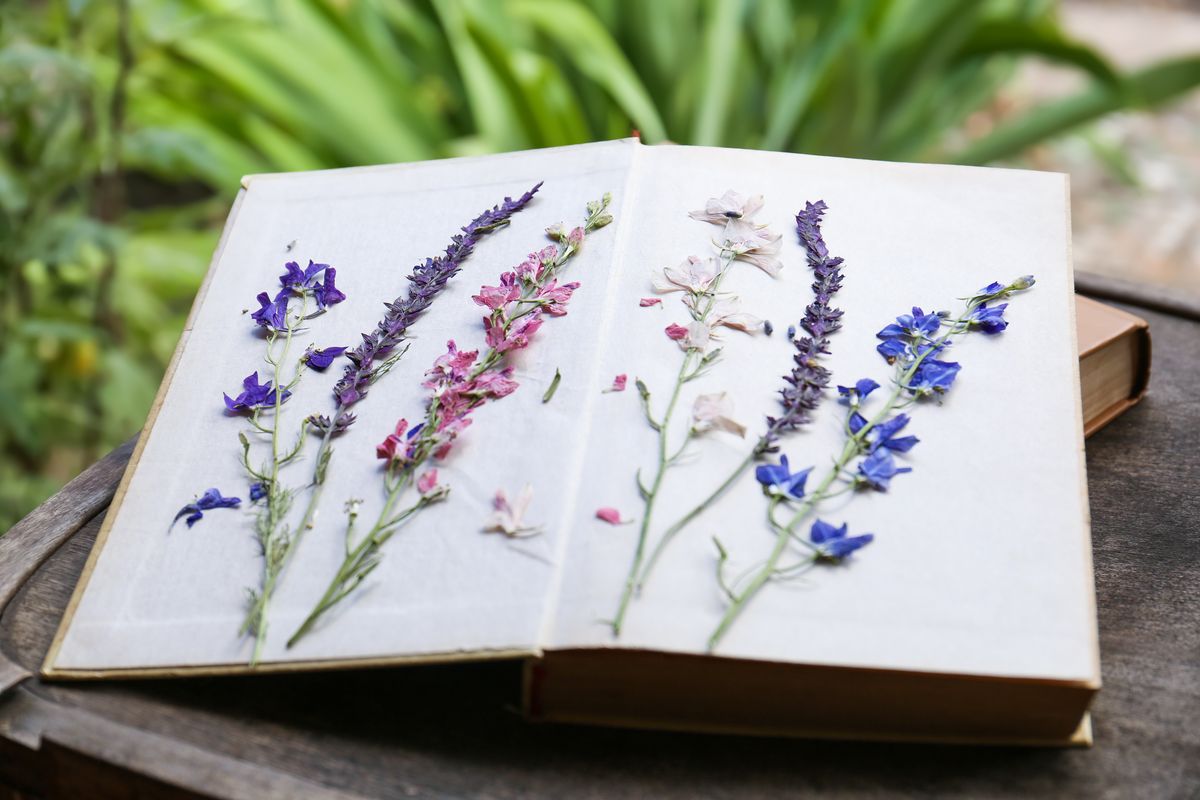
Just 20 minutes in nature has a powerful stress-reducing effect—and the benefits are compounded when we breathe in fresh air under a canopy of trees. As you take a walk, look around for natural forms that inspire. From organic fern fronds to delicate, colorful wildflower petals, art abounds everywhere you look in the natural world.
While elaborate flower-pressing kits are available for purchase, the London flower artist Kate Cadbury shares her love for sandwiching your flowers in the middle of a heavy book between two pieces of wax paper. After the flower’s moisture is gone, the flowers are flat and papery. That means they’re ready to frame or adorn note cards.
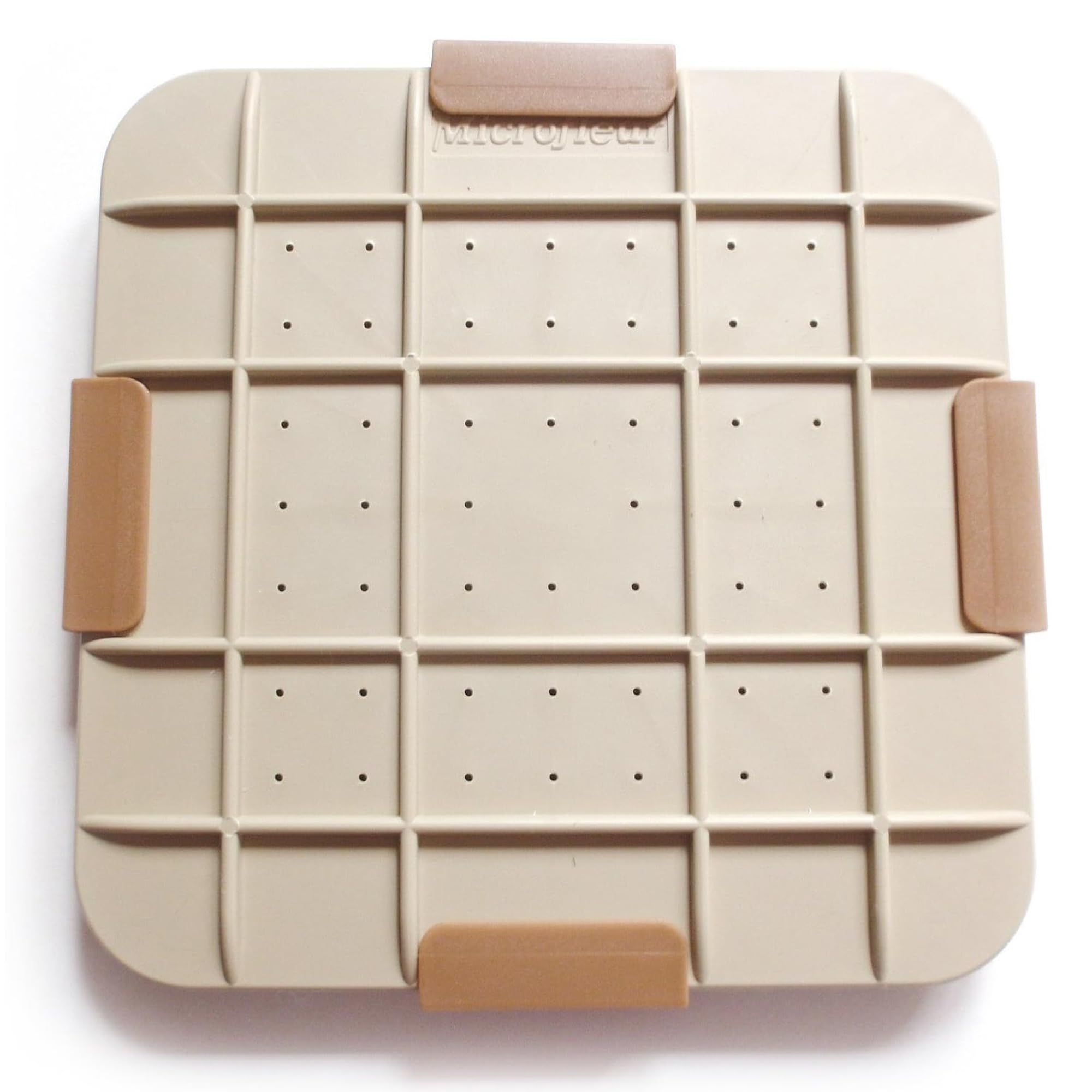
$67.29
Shop Now
Origami
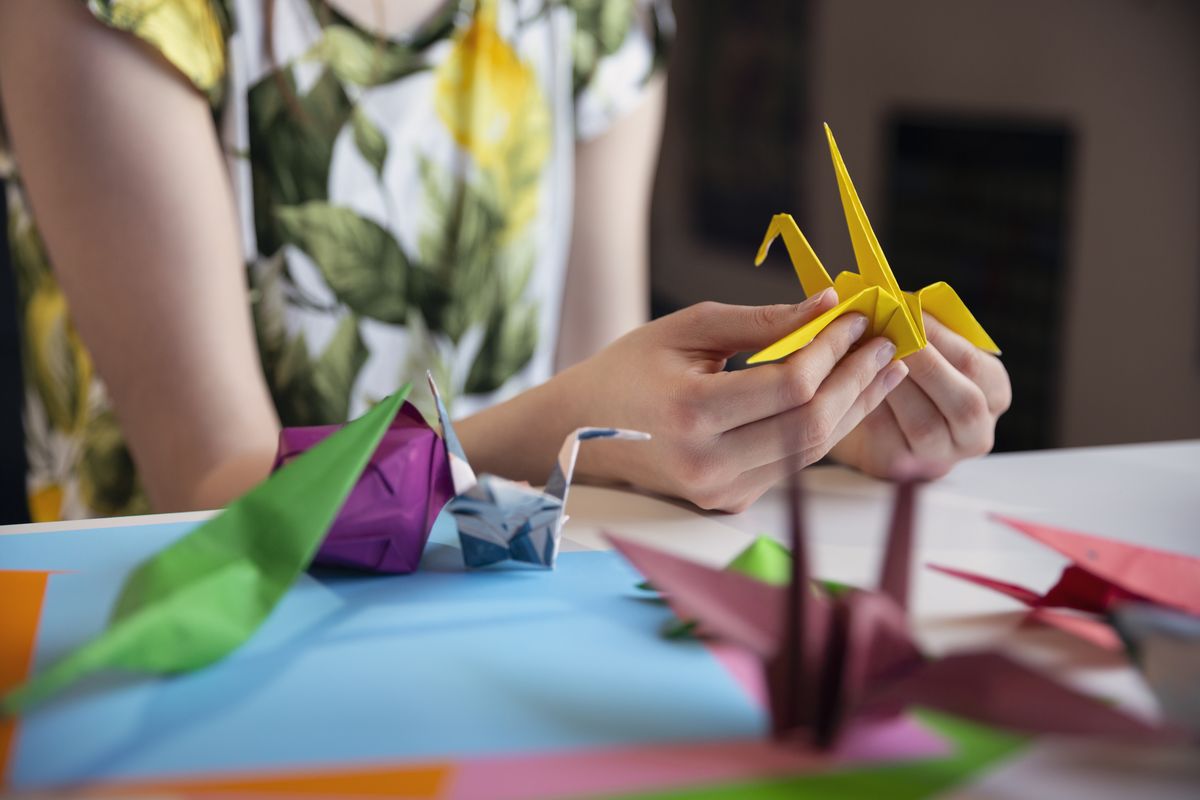
Precise folds replace scissors and glue for the ancient Japanese art of folding a flat piece of decorative paper into 3D objects ranging from cranes and bunnies to stars or even boxes. In The Book of Mindful Origami , Samuel Tsang writes that origami is “a peaceful hobby, a beautiful art, a craft, a science and a meditation all in one.”
Tsang believes each project is a reminder that humans are not machines—“we cannot fold to that level of accuracy and precision”—and the act of letting go of perfectionism is part of what makes origami beautiful.
Once you’ve got the hang of it, gather a stack of paper in your favorite colors and make an origamic grouping that you can string together for garland. Your options are endless: a series of shimmery stars on a tree or entryway, a flock of cranes that appear to fly across a child’s room, hearts or frogs or spring flowers connected as a room divider. They’re beautiful as a decorative collection, but each piece represents a moment of mindfulness.
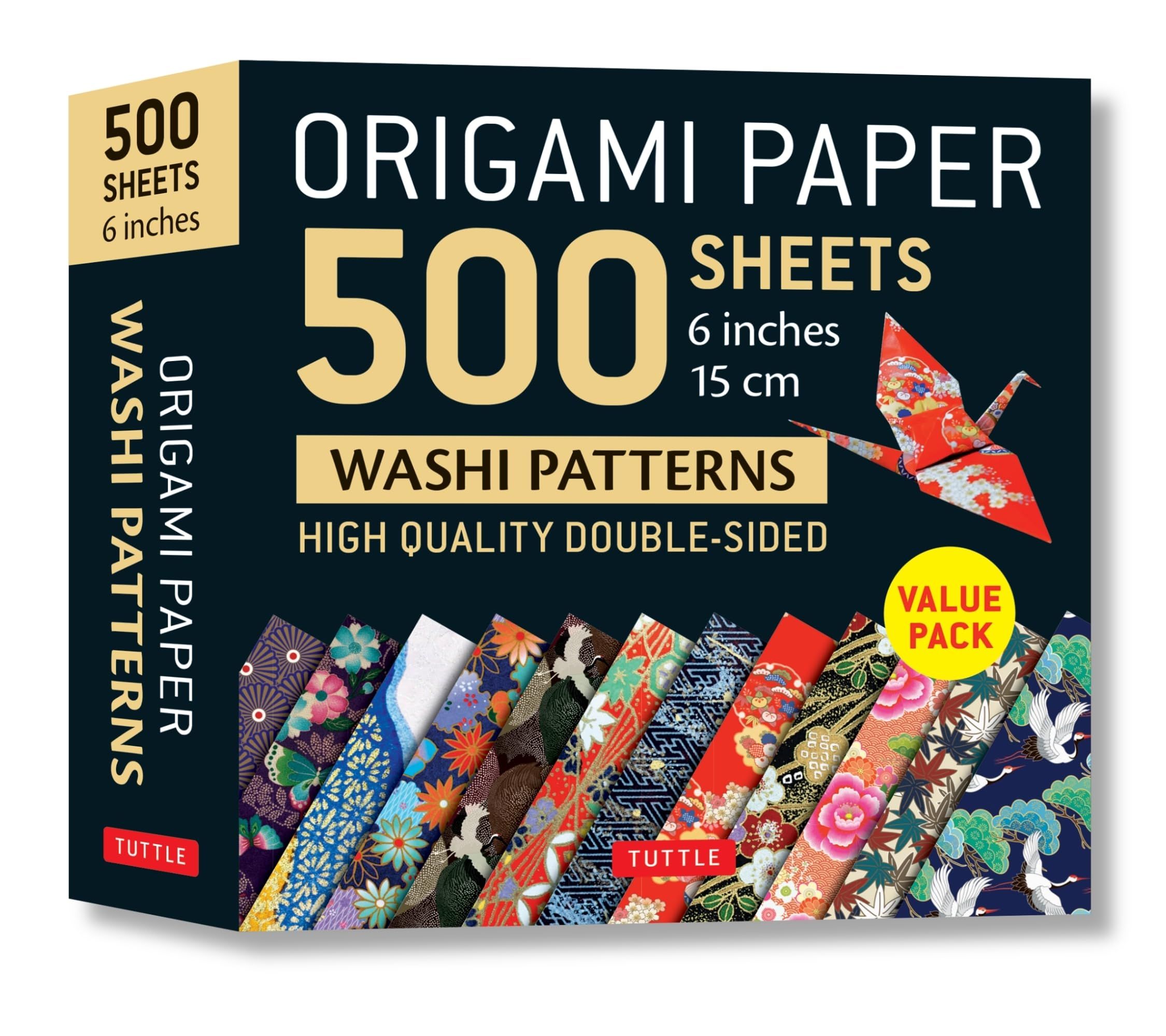
$12.99
Shop Now
Embroidery
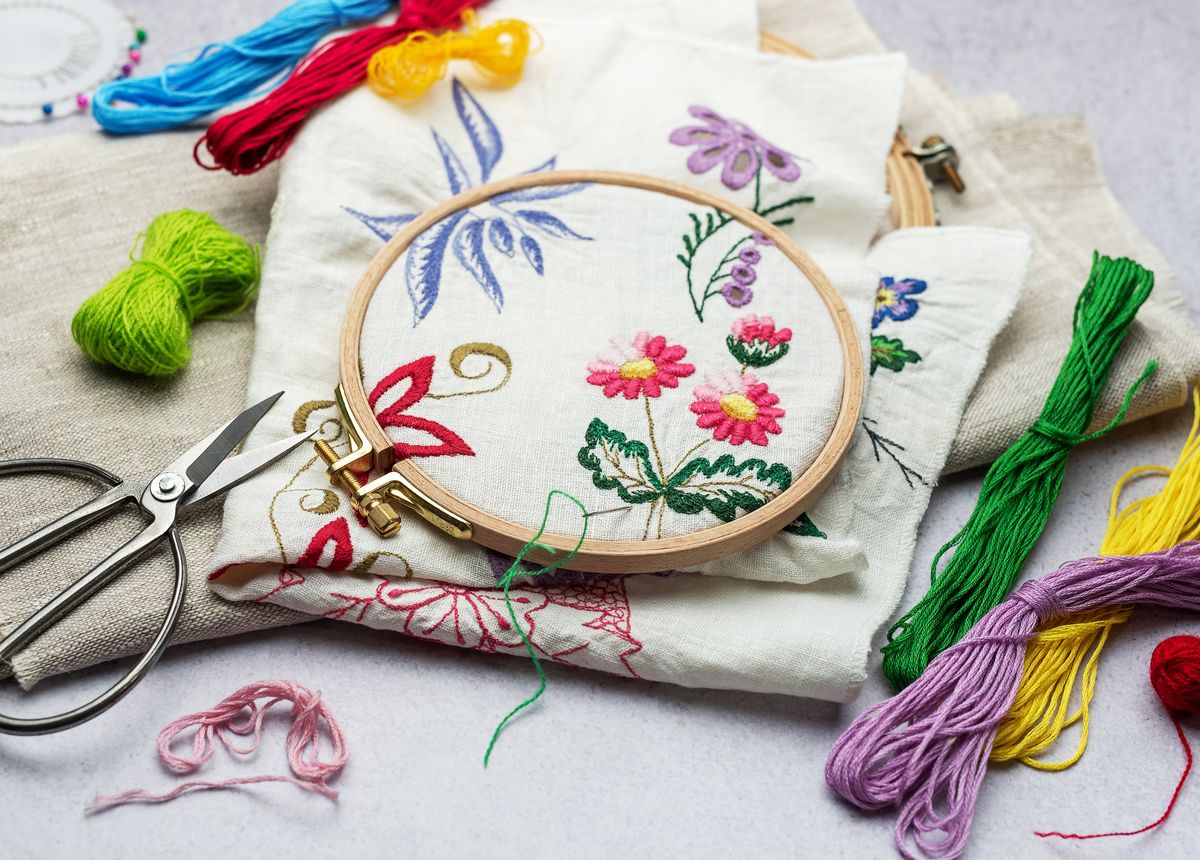
Embroidery, or the art of stitching patterns on cloth or mesh canvas, is a great starter project for someone who finds satisfaction from working with a needle and thread. Embroidery can be as simple as mastering and repeating a single stitch in different colors on a needlepoint kit to learning elaborate stitches that produce varied textural effects.
Once you’ve completed your masterpiece, you can frame it, transform it into a pillow, use it as an ornament, or even install it on the back of a dining room chair as a functional work of art.
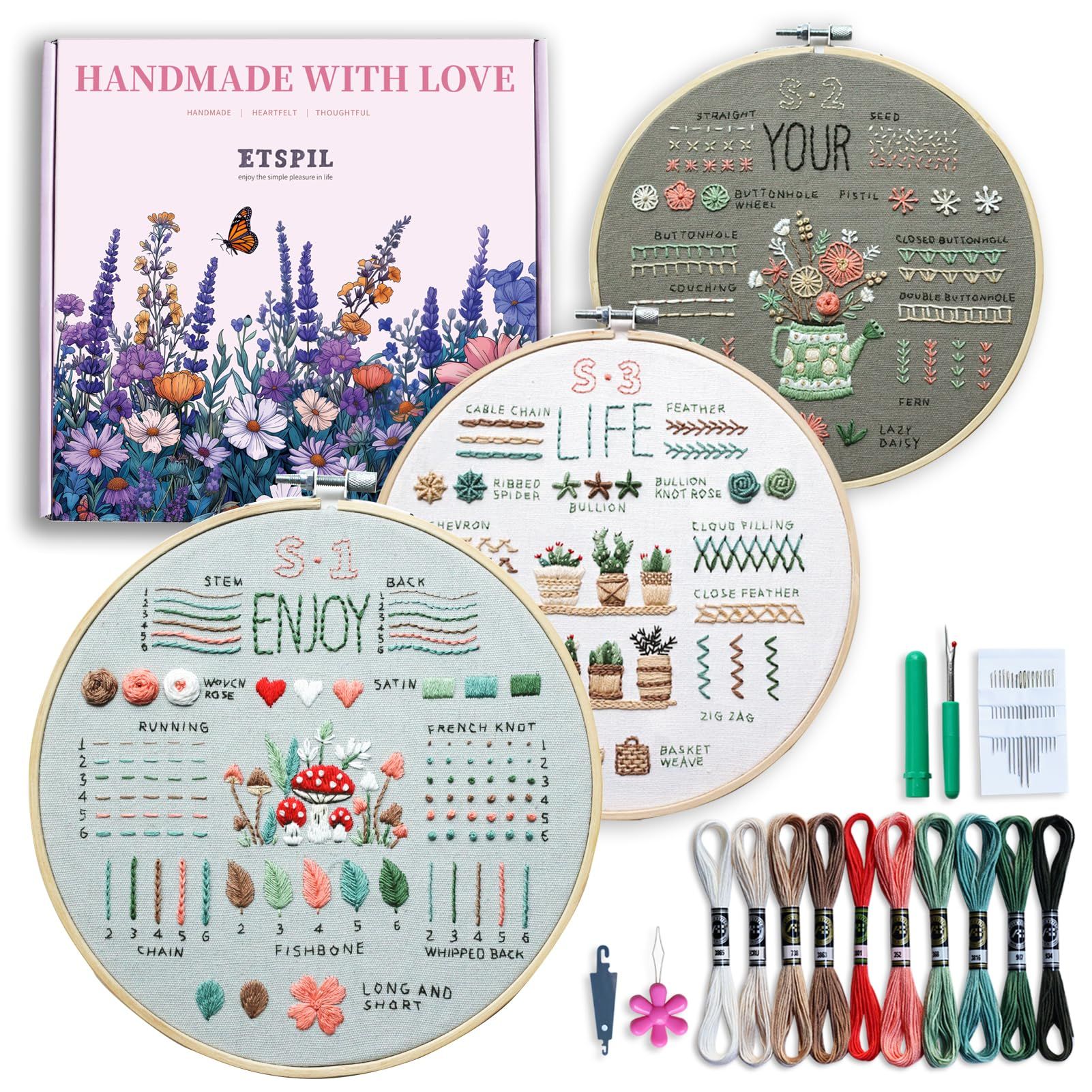
$15.99
Shop Now
Ceramics
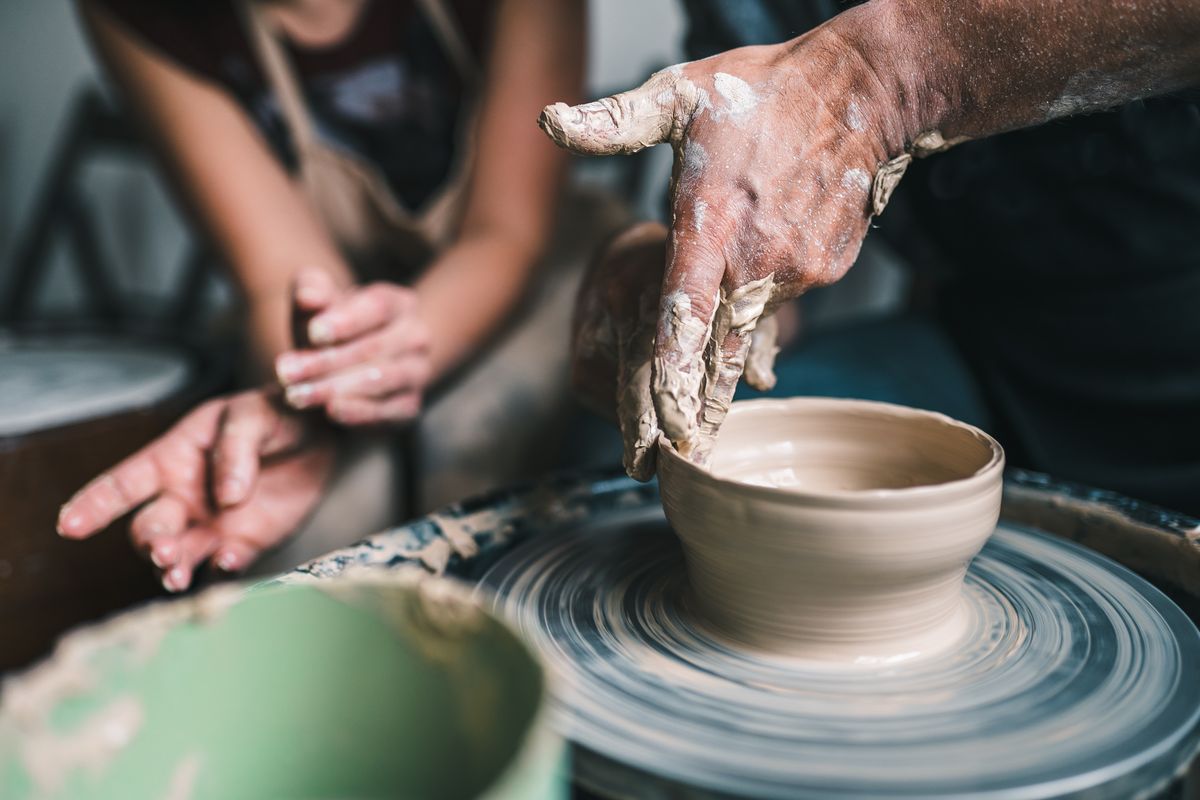
The Appalachian potter Andrea Freeman finds practical joy from her functional art—handcrafted plates, mugs, vases, pitchers and bowls. Her work sometimes features native pollinators, other times endangered animals, and sometimes Maude, a personified chicken whose adventures are illustrated in Freeman’s bright, whimsical style.
Potters like Freeman embrace a sense of adventure, whether mugs and pitchers grow from their wheel, or plates and bowls form out of clay slabs. The hobby requires physicality. “It married two of my loves: moving my body and being creative,” Freeman says. “I’m someone who loves repetition, and I also find excitement in new ideas that just flow when I least expect it.”
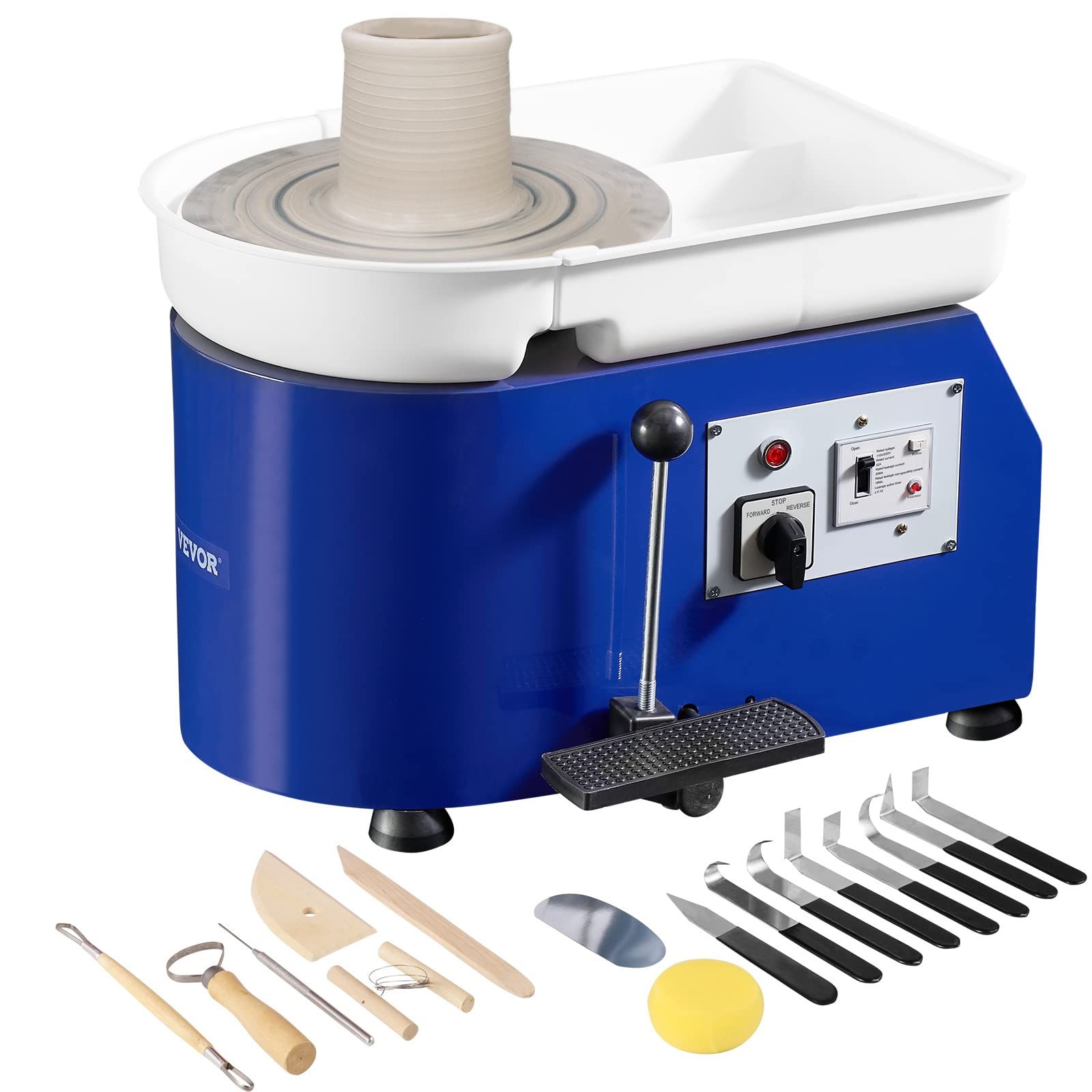
$119.99
Shop Now
Plant Propagation
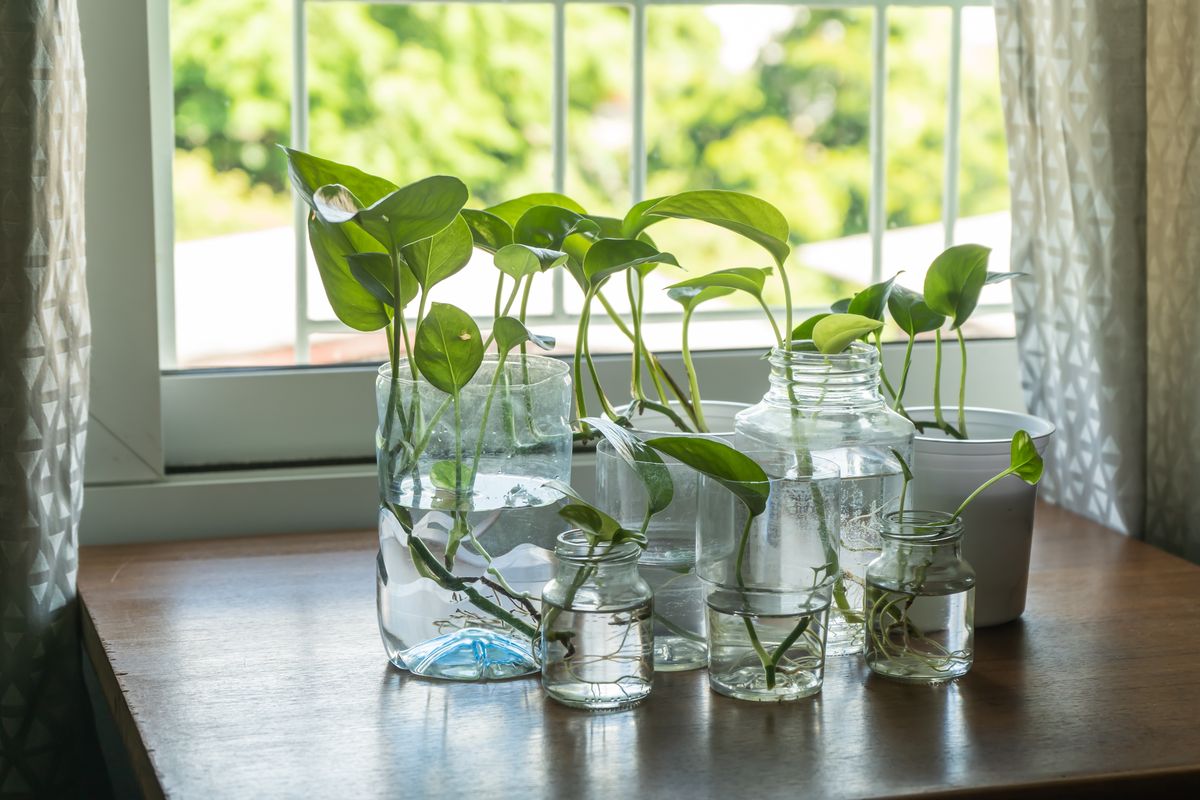
Biophilic design is having a moment in the world of interiors, and it’s not going away anytime soon. Just as time outside lowers our cortisol levels, heart rate, and blood pressure, bringing natural elements into buildings and interiors is proven to have positive impacts on our health and wellness.
While there are a bouquet of ways to bring the outside in, many people enjoy houseplants. Visit garden centers to find plants that grow best in your kitchen or bedroom, depending on the light, air flow, humidity, and temperature of your home. Or become a “plant parent,” where you take cuttings from loved plants and make more of them with plant propagation. Through plant propagation, you can multiply, supplement, or start your house plant collection. All it takes is a plant cutting, a gorgeous container, and a little care and patience.
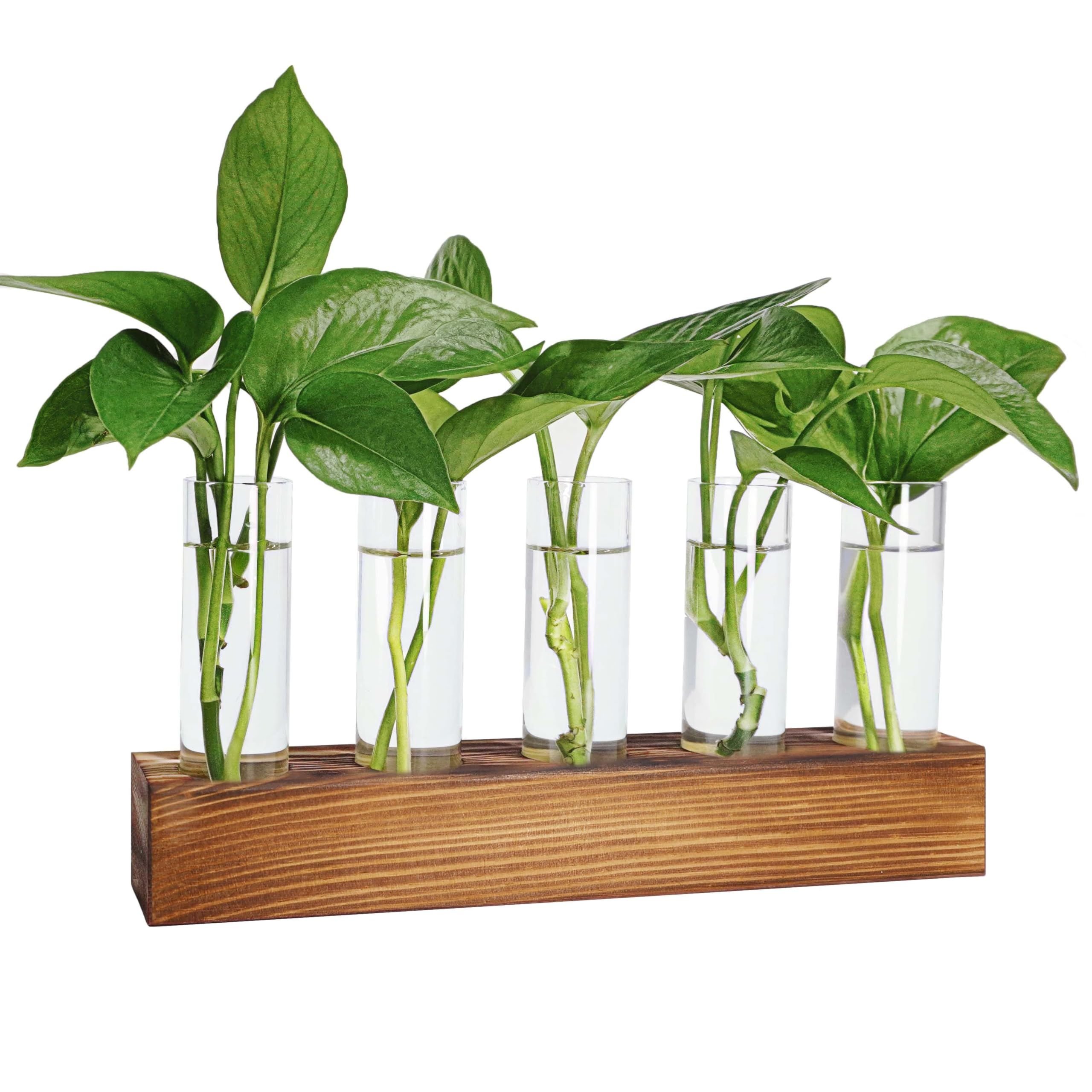
$12.34
Shop Now
Quilting
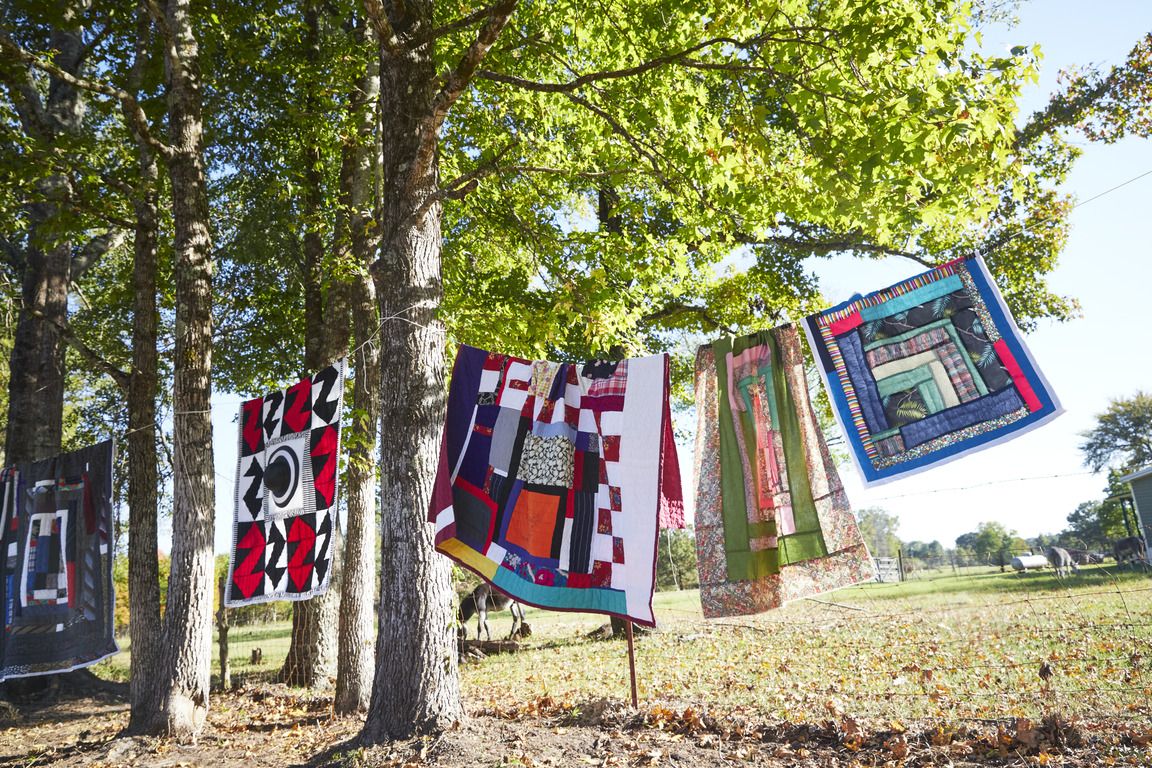
The Norway quiltmaker Daisy Aschehoug started piecing together fabric 15 years ago as a way to conserve resources and bring people together. “Quilts are as much about the ‘cozy’ as they are about actual, physical warmth. And then there’s that great, big surface area where I can play with shapes and colors.”
For Aschehoug, the incremental process of constructing something stitch by stitch, and then patch by patch, creates an opportunity for intention. “Quilting requires me to slow down,” she says. “I think it’s so satisfying to see something that I’ve made, or an object in my house that has a known maker. They have more value to me than things that have a more mass produced or industrial feel.”
As you learn the basics, tackle a project like coasters, napkins, and placemats—all projects that don’t require a significant commitment. “Bed quilts, window dressings, and patchwork shower curtains are larger-scale but still fairly simple,” she says.
As Aschehoug has perfected her craft, grown as a teacher and artist through her WarmFolk quilts, and nurtured a community of artists, she’s developed a greater appreciation for handmade, functional items. “When possible, I surround myself with things that have also been constructed in that way. Ceramic mugs and plates. Wooden cups and bowls. Crafted furniture. Clothing that’s sewn in a way that is socially and environmentally conscious. Just like quilts, all of these things have an energy about them that feels good.”
Post a Comment for "Transform Your Space, Boost Your Mood: 6 Stress-Relieving Home Decor Hobbies"
Post a Comment